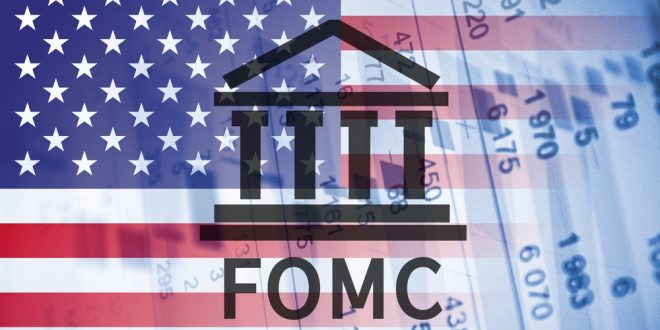The Federal Reserve’s upcoming rate decision on June 18, 2025, holds significant implications for the U.S. economy. With the Federal Open Market Committee (FOMC) set to announce its verdict at 2 p.m. EST, followed by a press conference from Chair Jerome Powell at 2:30 p.m., anticipation runs high. Current market data suggests a near-certain pause, but the broader economic context and future projections demand close scrutiny.
A Likely Pause at 4.25%–4.5%
Market indicators, including the CME Group’s FedWatch Tool, point to a 99.9% probability that the federal funds rate will remain unchanged at 4.25% to 4.5%. This range has held steady since December 2024, reflecting the Fed’s cautious approach. Recent economic data supports this stance: inflation edged up to 2.4% in May from 2.3% in April, yet remains close to the Fed’s 2% target. The labor market, while showing slower job growth, continues to demonstrate resilience with payroll gains surpassing expectations.
The decision to hold rates steady stems from uncertainty surrounding President Donald Trump’s tariff policies, which could stoke inflation or dampen growth. Fed Governor Adriana Kugler recently highlighted “greater upside risks to inflation” alongside potential downside risks to employment, reinforcing the case for maintaining current rates.
The Dot Plot: A Window into 2025
Beyond the immediate decision, the FOMC’s updated economic projections, known as the “dot plot,” will offer critical insights. Released quarterly, this forecast reflects each FOMC member’s expectations for future rates and economic conditions. In March 2025, the Fed anticipated two rate cuts for the year, but evolving factors—persistent inflation, tariff impacts, and policy shifts—may lead to a more conservative outlook, possibly signaling just one cut or none.
The dot plot’s significance lies in its ability to shape market expectations. Bond futures traders currently see a 60% chance of a rate cut by September 2025, with an 88% probability of at least two cuts by year-end. Any deviation from these expectations could ripple through financial markets, influencing borrowing costs and investment decisions.
Tariffs and Beyond: Continued Uncertainty
Trump’s tariffs dominate the economic conversation, posing a dual threat to the Fed’s mandate of price stability and maximum employment. Higher import taxes could elevate consumer prices, while economic slowdowns might weaken the job market. However, tariffs are not the sole concern. Changes in immigration, regulatory policies, and government spending further cloud the outlook, prompting the Fed to prioritize hard data over speculative policy forecasts.
Recent data paints a mixed picture: consumer sentiment has dipped, yet inflation is cooling, and employment remains robust. This delicate balance allows the Fed to adopt a wait-and-see posture, ready to adjust rates swiftly if labor market stress emerges.
Implications for Consumers
A steady rate environment favors savers, with high-yield savings accounts and certificates of deposit offering attractive returns. Borrowers, however, face persistent challenges, as mortgage rates hover near 7% and credit card rates exceed 20%. Even a future rate cut may not immediately lower borrowing costs, particularly for mortgages, which are less directly tied to Fed actions.
For now, the Fed’s cautious approach underscores the need for Americans to bolster emergency savings and tackle high-cost debt. The June 18 decision will not only reflect current economic realities but also set the tone for monetary policy in an uncertain 2025. As the FOMC navigates these complexities, its projections will guide expectations, urging markets and consumers alike to prepare for a dynamic ever-changing economic landscape.

FOMC minutes
 Noor Trends News, Technical Analysis, Educational Tools and Recommendations
Noor Trends News, Technical Analysis, Educational Tools and Recommendations




